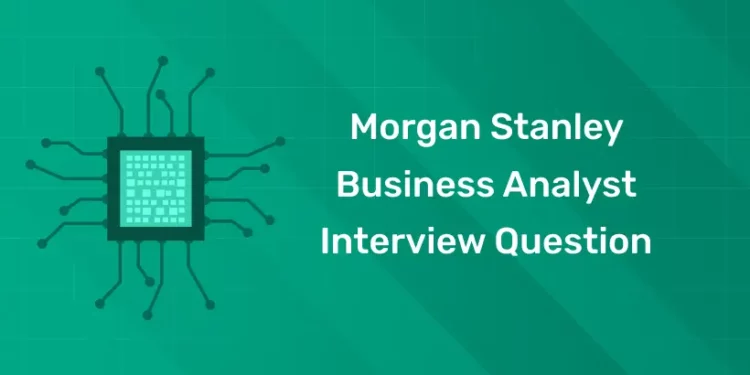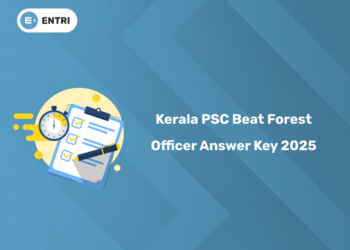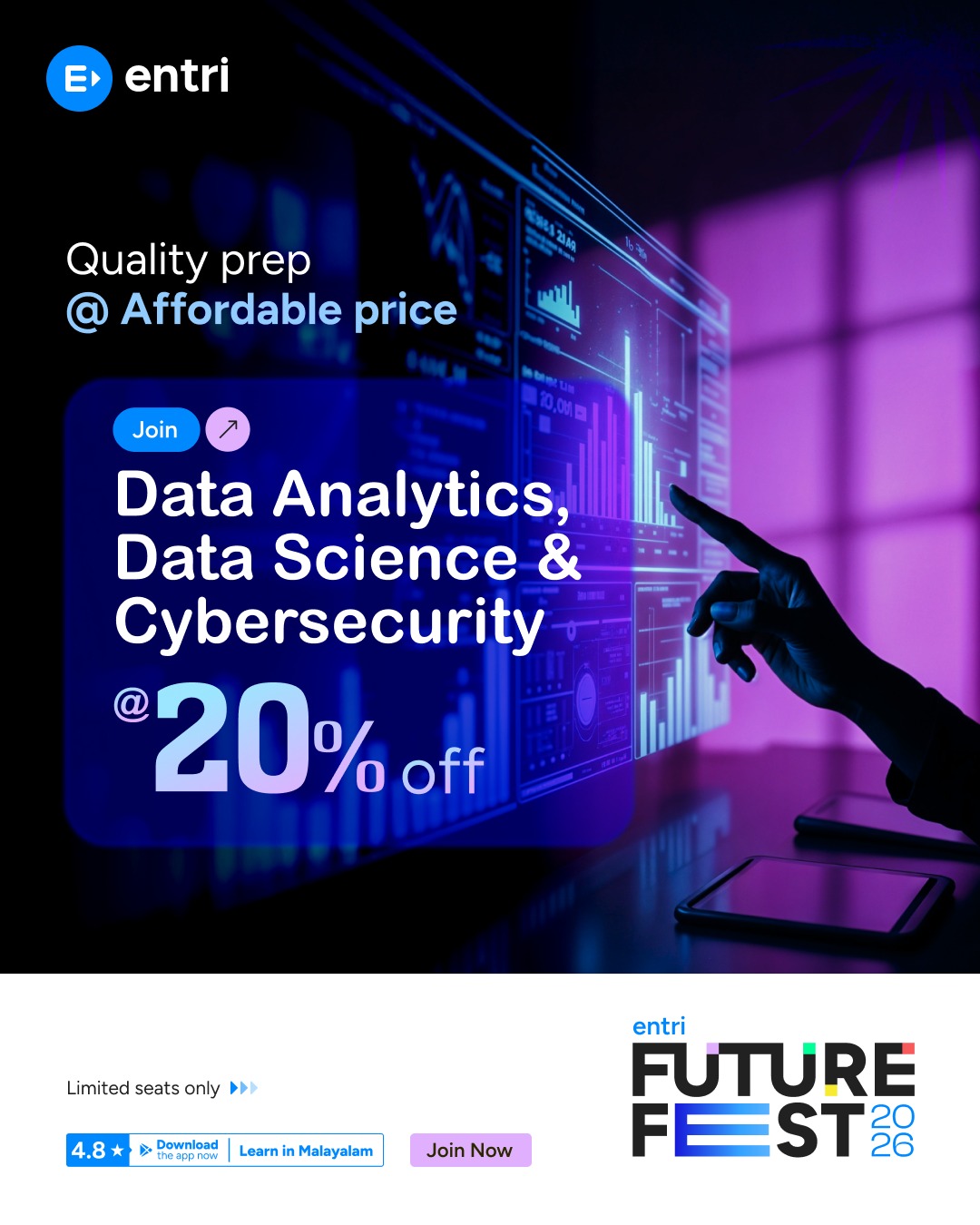Table of Contents
Are you preparing for a Business Analyst interview at Morgan Stanley? As one of the top financial institutions globally, Morgan Stanley demands highly skilled professionals who can excel in analyzing business processes, gathering requirements, and driving data-driven decision-making. The role of a Morgan Stanley Business Analyst is critical to improving efficiency, solving complex business problems, and supporting the company’s overall strategy.
In this blog, we will cover some of the most commonly asked Business Analyst interview questions to help you prepare effectively. These questions will test your analytical skills, business acumen, communication abilities, and knowledge of financial services. Whether you’re a seasoned analyst or just starting your career, this guide will equip you with the insights needed to confidently approach your interview and impress the hiring managers at Morgan Stanley.
Ready to take your data science skills to the next level? Sign up for a free demo today!
Introduction
Morgan Stanley, founded in 1935, is a leading global financial services firm headquartered in New York City. It operates across three key business divisions: Institutional Securities, Wealth Management, and Investment Management. The firm provides services like investment banking, trading, wealth planning, and asset management to corporations, governments, institutions, and individuals. With a global presence in over 41 countries and more than 70,000 employees, Morgan Stanley is known for its expertise in handling complex financial transactions and its focus on innovation, especially in technology-driven solutions.
It emphasizes integrity, client service, and excellence, while fostering a diverse and inclusive work culture. Under the leadership of CEO James Gorman, the firm has achieved significant growth and sustainability initiatives, including strategic acquisitions like E*TRADE and a focus on ESG investment strategies. Morgan Stanley’s commitment to corporate social responsibility and sustainability, along with its strong market performance, makes it a key player in the financial industry.
Why Join in Morgan Stanley?
Joining Morgan Stanley can offer a range of compelling benefits, especially for individuals looking to advance in the finance, technology, or investment industries. Here are some reasons why professionals choose to join Morgan Stanley:
1. Prestigious Global Brand
- Morgan Stanley is a well-established and globally recognized financial services firm with a strong reputation in investment banking, wealth management, and asset management. Being part of such a reputable firm can enhance your personal brand and career prospects.
2. Diverse Career Opportunities
- Morgan Stanley offers diverse career paths in areas like investment banking, wealth management, sales and trading, technology, research, and more. Whether you’re interested in finance, technology, or operations, the firm has roles suited to a wide range of expertise.
3. Innovation and Technology Focus
- As financial services evolve with technological advancements, Morgan Stanley has been at the forefront of implementing cutting-edge technology solutions. If you’re a tech professional, joining the firm can provide opportunities to work on exciting fintech projects and contribute to digital transformation in banking.
4. Learning and Development
- Morgan Stanley offers strong professional development programs, including training, mentorship, and continuing education opportunities. This allows employees to sharpen their skills, grow professionally, and stay updated with industry trends.
5. Global Reach and Impact
- Working at Morgan Stanley means being part of a global network with offices in major financial hubs worldwide. Employees have the opportunity to work on high-impact, large-scale projects with global clients, offering a chance to make a significant impact on global markets.
6. Collaborative and Inclusive Culture
- Morgan Stanley promotes a collaborative, inclusive, and diverse work environment. The firm has initiatives focused on diversity and inclusion, ensuring that employees from all backgrounds can thrive. This focus on culture contributes to a positive workplace experience.
7. Strong Corporate Social Responsibility (CSR)
- Morgan Stanley emphasizes corporate social responsibility through its various philanthropic programs and sustainability initiatives. Employees often have opportunities to participate in meaningful community service, which can be fulfilling on a personal level.
8. Competitive Compensation and Benefits
- The firm offers competitive salaries, bonuses, and comprehensive benefits packages, including healthcare, retirement plans, wellness programs, and more. This ensures that employees are well-compensated for their hard work.
9. Job Stability and Growth Prospects
- Morgan Stanley’s strong financial performance and reputation in the industry provide employees with job stability and ample opportunities for career advancement. The firm’s global reach and diversified services help it weather economic fluctuations, offering employees long-term growth potential.
10. Work-Life Balance Initiatives
- While investment banking roles can be demanding, Morgan Stanley recognizes the importance of work-life balance and has implemented flexible work arrangements, remote work options, and wellness programs to support employee well-being.
Morgan Stanley Interview Preparation Tips for Business Analyst
Preparing for a Business Analyst interview at Morgan Stanley requires a blend of strong analytical skills, financial knowledge, and understanding of business operations. Here are some key tips to help you prepare effectively:
1. Understand the Role
- Research the specific responsibilities of a Business Analyst at Morgan Stanley. Focus on understanding how the role contributes to the firm’s business processes, financial analysis, and decision-making.
- Be familiar with common tasks such as requirement gathering, process mapping, data analysis, stakeholder management, and reporting.
2. Know the Financial Industry
- As Morgan Stanley is a leading financial institution, having a good understanding of financial markets, investment banking, wealth management, and financial regulations is crucial.
- Stay updated on financial news, market trends, and industry developments. Knowledge of products like derivatives, equities, bonds, and risk management strategies may be tested.
3. Brush Up on Analytical Skills
- Business Analysts need strong analytical and problem-solving skills. Be prepared to demonstrate your ability to analyze complex data, derive insights, and present recommendations.
- Practice with case studies or hypothetical business scenarios where you can show how you’d approach a problem, analyze data, and propose solutions.
4. Technical Skills
- Depending on the team, knowledge of tools like SQL, Excel, Power BI, Tableau, or other data analysis software might be required. Review your proficiency with these tools and be prepared to demonstrate your skills in them.
- Some positions may involve working with databases, so basic knowledge of database management and querying can be an advantage.
5. Prepare for Behavioral Questions
- Morgan Stanley emphasizes teamwork, leadership, and a strong work ethic. Prepare for behavioral interview questions using the STAR method (Situation, Task, Action, Result) to highlight your experiences.
- Be ready to talk about situations where you worked with cross-functional teams, managed stakeholders, or handled complex projects.
6. Know Key Business Analyst Techniques
- Familiarize yourself with standard Business Analyst techniques like SWOT analysis, PESTLE analysis, gap analysis, business process modeling, and use case modeling.
- You may be asked about how you gather and document business requirements, how you manage competing stakeholder needs, or how you prioritize projects.
7. Focus on Communication Skills
- Business Analysts must communicate effectively with both technical teams and non-technical stakeholders. Practice explaining complex concepts in simple terms.
- Be prepared to discuss how you have managed expectations, facilitated meetings, and ensured alignment between business needs and technical solutions.
8. Mock Interviews
- Practice with mock interviews to refine your answers and get comfortable with the types of questions you might face. Get feedback on your delivery, clarity, and confidence.
9. Know Morgan Stanley’s Core Values
- Familiarize yourself with Morgan Stanley’s core values such as integrity, client focus, excellence, and diversity. Be prepared to explain how your personal and professional values align with these.
10. Ask Insightful Questions
- Prepare thoughtful questions for the interviewers about Morgan Stanley’s future goals, the role of technology in the business, or their approach to business process improvements. This shows your genuine interest in the company and role.
Ready to take your data science skills to the next level? Sign up for a free demo today!
Top Morgan Stanley Business Analyst Interview Questions and Answers
1. What is a Business Analyst’s role in an organization?
Answer: A Business Analyst (BA) identifies business needs and problems, analyzes data, and recommends solutions to improve business processes, increase efficiency, and drive growth. They act as a liaison between stakeholders and IT teams to ensure the project delivers value to the business.
2. Can you explain the difference between a Business Analyst and a Systems Analyst?
Answer: A Business Analyst focuses on understanding business processes and needs, and works to define solutions from a business perspective. A Systems Analyst, on the other hand, focuses on the technical aspects and requirements of the system, including architecture and implementation.
3. What are the key skills of a successful Business Analyst?
Answer: Key skills include communication, problem-solving, critical thinking, requirements gathering, project management, attention to detail, stakeholder management, and proficiency in tools like Microsoft Excel, JIRA, or Agile methodologies.
4. What is the difference between functional and non-functional requirements?
Answer: Functional requirements define the specific functions or features of a system (e.g., a user must be able to log in). Non-functional requirements describe the system’s performance characteristics (e.g., speed, security, reliability).
5. What techniques do you use to gather requirements from stakeholders?
Answer: Common techniques include interviews, surveys, workshops, observations, document analysis, focus groups, and brainstorming sessions. Each method helps in obtaining accurate and clear business needs.
6. What is a Business Requirement Document (BRD)?
Answer: A BRD is a formal document that outlines the business needs, objectives, scope, and requirements for a project. It serves as a contract between stakeholders and the project team, ensuring everyone is aligned.
7. What is the purpose of a Use Case?
Answer: A Use Case describes how a system interacts with users (or other systems) to achieve a specific goal. It helps document functional requirements and illustrates how the system will be used in real-world scenarios.
8. What is the difference between Agile and Waterfall methodologies?
Answer: Waterfall is a linear and sequential approach to project management, while Agile is an iterative and flexible methodology that emphasizes collaboration and adaptive planning. Agile works in sprints, delivering small, incremental changes.
9. What is a SWOT analysis?
Answer: SWOT analysis is a strategic planning tool used to identify Strengths, Weaknesses, Opportunities, and Threats related to a business or project. It helps in decision-making and understanding the overall strategic position.
10. What are KPIs (Key Performance Indicators) and why are they important?
Answer:KPIs are measurable values that help track and evaluate the success of an organization or project in achieving its business objectives. They are important for ensuring that the business stays focused on key goals and outcomes.
11. How do you handle difficult stakeholders?
Answer: To handle difficult stakeholders, maintain clear and open communication, listen actively to their concerns, manage expectations, and work toward a collaborative solution. Building trust and finding common ground are key to overcoming challenges.
12. What is a gap analysis?
Answer: Gap analysis is the process of comparing the current state of a business process with the desired future state to identify the gaps. The analysis helps determine the necessary steps to bridge those gaps and meet business objectives.
13. What are some challenges you might face as a Business Analyst?
Answer: Challenges include managing stakeholder expectations, dealing with changing requirements, ensuring clear communication, working with insufficient data, and handling tight deadlines.
14. What is a Data Flow Diagram (DFD)?
Answer: A Data Flow Diagram is a graphical representation of the flow of data within a system, showing inputs, outputs, processes, and data stores. It helps in understanding how information moves through a system and the interactions between different components.
15. What is the purpose of prototyping in Business Analysis?
Answer: Prototyping allows stakeholders to visualize and interact with a preliminary version of the system, providing early feedback on design and functionality. This helps refine requirements and reduce the risk of misunderstandings.
Ready to take your data science skills to the next level? Sign up for a free demo today!
16. What is the difference between Business Analysis and Requirements Engineering?
Answer: Business Analysis focuses on identifying business needs and recommending solutions, while Requirements Engineering deals with the systematic process of defining, documenting, and managing requirements for a system or solution.
17. How do you prioritize requirements in a project?
Answer: Prioritization can be done using techniques like MoSCoW (Must have, Should have, Could have, Won’t have), ranking, or using cost-benefit analysis. The priority depends on factors like business impact, urgency, and dependencies.
18. What is a traceability matrix?
Answer: A traceability matrix is a document that links requirements to their corresponding test cases, ensuring that all requirements are covered by tests. It helps track changes and ensure compliance with the project scope.
19. How do you ensure the project stays on track with the original requirements?
Answer: To ensure the project stays on track, regularly review requirements with stakeholders, track progress using project management tools, address any scope creep promptly, and conduct continuous testing and validation against the requirements.
20. Can you explain the concept of “scope creep”?
Answer: Scope creep occurs when additional features or tasks are added to a project without proper approval, leading to delays, budget overruns, and misalignment with the original objectives.
21. How do you deal with changing requirements during a project?
Answer: When requirements change, assess the impact on the project’s timeline, resources, and budget. Communicate the changes to stakeholders, update project documentation, and ensure the project scope is still aligned with business goals.
22. What is the purpose of a Requirements Traceability Matrix (RTM)?
Answer: An RTM is used to ensure that each requirement is traced through the project lifecycle. It tracks the relationships between requirements, design, implementation, and testing, ensuring no requirement is overlooked.
23. What is an Agile Sprint and how does it work in a Business Analyst role?
Answer: An Agile Sprint is a time-boxed iteration during which specific features or tasks are developed. The Business Analyst works with the team to define requirements, prioritize tasks, and clarify questions that arise during the sprint.
24. What tools do you use for business analysis?
Answer: Common tools include Microsoft Office Suite (Excel, Word, Visio), JIRA, Confluence, Balsamiq (for wireframes), Lucidchart, and various project management tools like Trello, Asana, and MS Project.
25. What is a requirement baseline?
Answer: A requirement baseline is a set of agreed-upon requirements that serve as a reference point for the project. It helps to measure progress and manage changes by providing a stable foundation for the scope.
26. How do you measure the success of a project?
Answer: Success is typically measured by whether the project meets its objectives, stays within budget, is completed on time, and delivers the expected business value. Stakeholder satisfaction and post-project performance analysis are also key indicators.
27. Can you explain the term “business process modeling”?
Answer: Business process modeling is the practice of visually representing business processes to analyze, improve, and communicate workflows. It often uses flowcharts, BPMN (Business Process Model and Notation), or other diagramming techniques.
28. What is a “Critical Path” in project management?
Answer: The critical path is the longest sequence of tasks that must be completed on time for the project to be finished by its deadline. Any delay in the critical path will delay the entire project.
29. How do you ensure the quality of the business analysis process?
Answer: Ensuring quality involves using best practices, following methodologies like Agile or Waterfall, validating requirements with stakeholders, conducting regular reviews, and ensuring documentation is accurate, clear, and consistent.
30. What do you do if you discover a mistake in the requirements document?
Answer: If a mistake is found, I would promptly communicate it to the relevant stakeholders, correct the document, and ensure the revised version is reviewed and approved. Transparency and collaboration are key to maintaining project integrity.
“Ready to take your data science skills to the next level? Sign up for a free demo today!”












